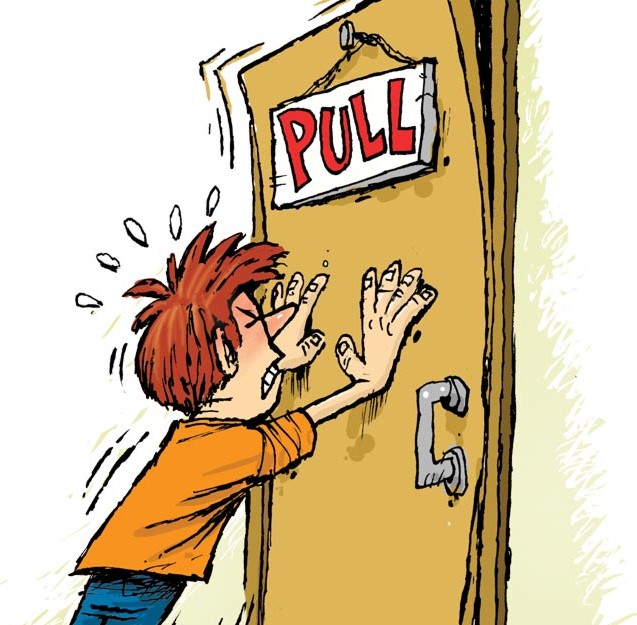Welcome
MWEE 201
Welcome to the online course series for the Meaningful Watershed Educational Experience (MWEE). We're glad to have you here! This course is the second in a series. If you haven't already taken the MWEE 101 course. We recommend completing it, because it provides a foundational understanding of the Essential Elements, Supporting Practices, and tools associated with planning a MWEE. We will also refer to the work you completed in the MWEE 101 course.
The purpose of this course is to support school-based education providers (classroom teachers, support staff, and administrators) and field or site-based program providers (for example, non-formal education providers) as they develop a deep understanding of the goals, design, and implementation of the MWEE model for environmental education, student achievement, and stewardship.
This course is presented through a series of five parts that come together to answer the following Driving Questions:
- How can the MWEE support environmental literacy, student achievement, and stewardship?
- What resources and opportunities are available to support MWEE design and implementation?
Course Objectives:
- Participants will explore ways to develop interdisciplinary approaches to using the environment as a context for learning in the field and in the classroom.
- Participants will investigate issues and explore actions in the Chesapeake Bay watershed at the community, school, and individual levels.
- Participants will design a new MWEE or update/edit an existing MWEE using resources and opportunities explored.
To get the most out of this course we recommend you download the Educator's Guide to the Meaningful Watershed Educational Experience and the MWEE Planning Tools and Student Worksheets. These resources, along with other resources to help you plan and implement your MWEE, can be found on Bay Backpack. We will reference these resources and fill them out throughout the course.
Please send any comments, feedback or questions about this course to Krysta Hougen-Ryall at krysta.hougen@noaa.gov.
Estimated Time to Complete the Course (including the creation of an ELM): 10-15 hours
After completing this course, you will see instructions on how to receive your certificate of completion and credits for Maryland (1 CPD), Delaware, Washington D.C., Virginia, West Virginia, and Pennsylvania (12 ACT 48). Depending on your state and local guidelines, you may be able to use the certificate of completion (15 clock hours) to apply for credits in other states. It may take up to 2 weeks for your coursework to be reviewed and for you to receive your certificate.

